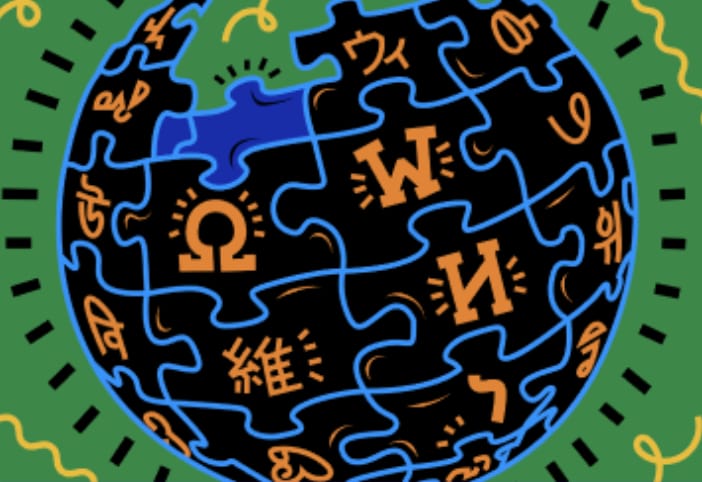
Wikipedia is built to be shared and remixed. This is possible, in part, thanks to the incredible amount of material that is available in the public domain. The public domain refers to a wide range of creations that are not restricted by copyright, and can be used freely by anyone. These works can be copied, translated, or remixed, so the public domain provides a crucial foundation for new creative works. On Wikipedia, some articles are based on text from older public domain encyclopedias or include images no longer protected by copyright. People regularly use public domain material to bring educational content to life and create interesting new ways to share it further.
There are three basic ways that material commonly enters the public domain.
First, when you think of the public domain, you may think of the very old creations that have expired copyright. In the United States and many other countries, copyright lasts for the life of the author plus seventy years. Works published before 1923 are in the public domain, but the rest are governed by complex copyright rules. Peter B. Hirtle of Cornell University created a helpful chart to determine when the copyright terms for various types of works will expire in the U.S.. Due to the copyright term extension in the 1976 Copyright Act and later amendments, published works from the United States will not start entering the public domain until 2019. In places outside of the U.S., copyright terms expire after shorter terms on January 1, celebrated annually as public domain day.
Second, a valuable contributor to the public domain is the U.S. federal government. Works created by the U.S. government are in the public domain as a matter of law. This means that government websites may provide a rich source of freely usable photographs and other material. A primary purpose of copyright is to promote creation by rewarding people with exclusive rights, but the government does not need this sort of incentive. Government works are already funded directly by taxpayers, and should belong to the public. Putting the government’s creations in the public domain allows everyone to benefit from the government’s work.
Third, some authors choose to dedicate their creations to the public domain. Tools like Creative Commons Zero (CC0) allow people to mark works that the public can freely used without restrictions or conditions. CC0 is used for some highly creative works, like the photographs on Unsplash. Other creators may wish release their works freely, but still maintain some copyright with minimal conditions attached. These users may adopt a license like Creative Commons Attribution Share-Alike (CC BY-SA) to require other users to provide credit and re-license their works. Most of the photographs on Wikimedia Commons and all the articles on Wikipedia are freely available under CC BY-SA. While these works still have copyright and are not completely in the public domain, they can still be shared and remixed freely alongside public domain material.
In the coming years, legislators in many countries will consider writing new copyright rules to adapt to changes in technology and the economy. One important consideration is how these proposals will protect the public domain to provide room for new creations. The European Parliament has already begun considering a proposed change to the Copyright Directive, including concerning new rights that would make the public domain less accessible to the public. As copyright terms have been extended over the past few decades, works from the 1960s remain expensive and inaccessible that would otherwise be free of copyright. As we consider changing copyright rules, we should remember that everyone, including countless creators, will benefit from a rich and vibrant public domain.
Stephen LaPorte, Senior Legal Counsel
Wikimedia Foundation
Interested in getting more involved? Learn more about the Wikimedia Foundation’s position on copyright, and join the public policy mailing list to discuss how Wikimedia can continue to protect the public domain.

Can you help us translate this article?
In order for this article to reach as many people as possible we would like your help. Can you translate this article to get the message out?
Start translation